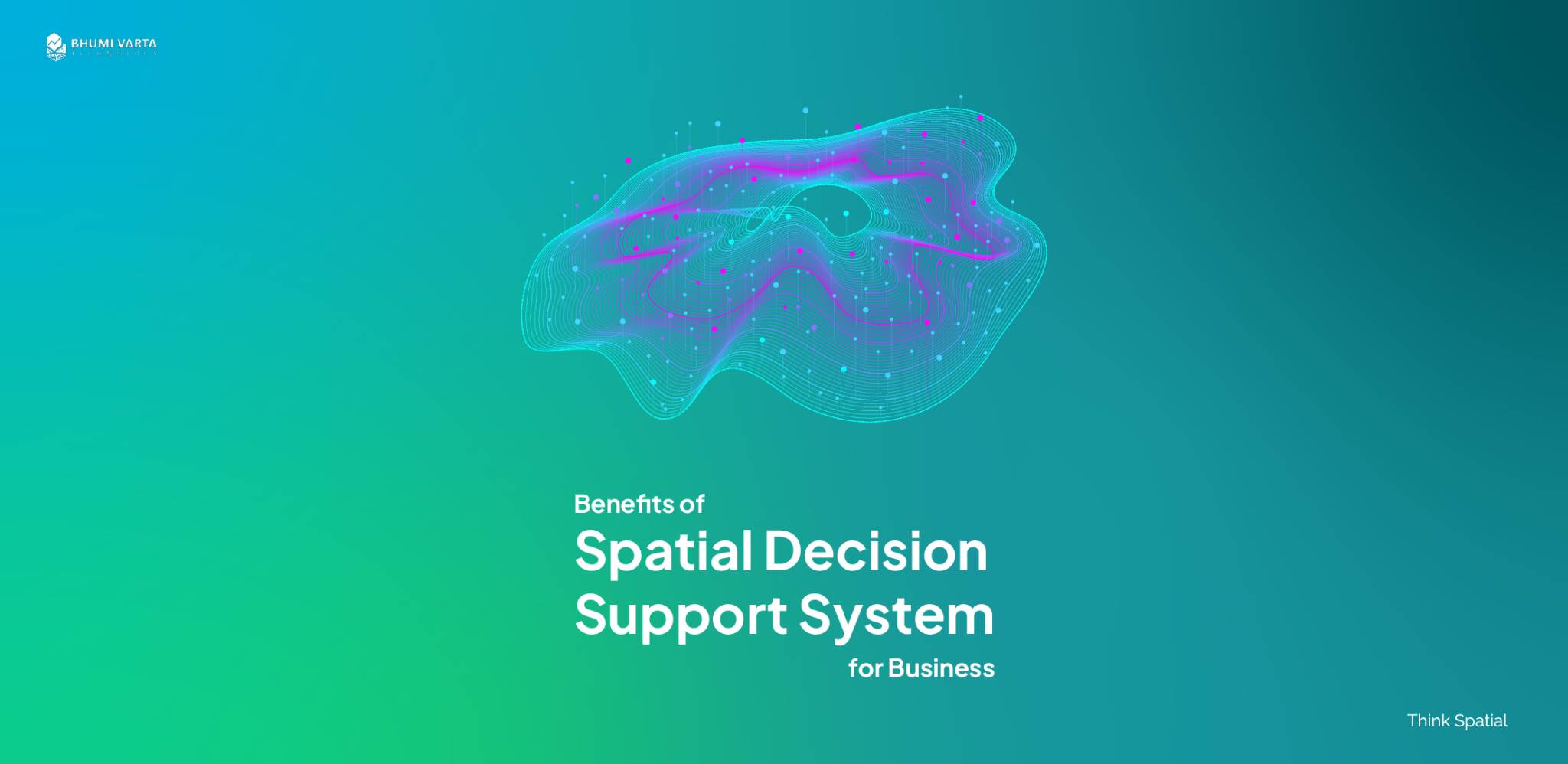Data warehouses help businesses make smarter decisions and stay competitive in an increasingly crowded market. They serve as a central hub, storing data from both internal departments like finance and external sources such as consumer data or industry trends.
But what does an example of a data warehouse look like? And what steps are needed to build an effective one? Keep reading to find out everything you need to know!
Contents
The Importance of Implementing Data Warehouses for Business
Data warehouses are essential for businesses due to their ability to keep data consistent. With consistent data, companies can easily conduct thorough analyses and share the findings or insights with other departments or stakeholders.
This ensures that everyone is working from the same information, leading to more accurate and aligned decision-making.
A data warehouse combines data from different sources or divisions and standardizes it into the same format. This process of standardization helps minimize errors in reading or interpreting data.
For example, without standardization, the marketing and finance departments might use different formats or terms for the same things, leading to confusion during decision-making.
How to Build a Data Warehouse
Unlike regular databases that are mainly used for managing daily transactions or routine operations, a data warehouse is designed not just to store data but also to analyze it and generate reports for strategic decision-making.
Here’s a simple guide to creating a data warehouse:
Define Business Objectives
The first step in building a data warehouse is to clearly define the business objectives. This involves identifying what the company aims to achieve through the data warehouse.
For instance, is the primary goal to provide stakeholders with better insights for decision-making? Or is it to enable operational teams to access performance metrics more quickly and efficiently, improving overall work processes?
Evaluate Data Sources
Once the objectives are set, the next step is to analyze and evaluate the company’s existing data sources.
Start by listing all relevant data sources, both internal (such as ERP systems, CRM, or operational data) and external (like market data, industry trends, or third-party data).
Next, take a close look at the volume of data produced by each source. This is crucial to ensure that the data warehouse being developed can handle the growing amount of data over time.
In addition, consider the speed at which data is received. For instance, will the data warehouse need to support real-time analytics?
This factor plays a big role in deciding the type of technology that will be used. Lastly, make sure the data is high-quality and complies with all applicable regulations to maintain accuracy and reliability.
Choose the Right Data Warehouse Architecture
The architecture of a data warehouse plays a key role in determining how businesses will store, access, and process their data in the future.
When selecting an architecture, businesses should consider several important factors, including their objectives, the types of data sources they use, and any specific requirements unique to the company.
Here are some common types of data warehouse architectures to consider:
- Centralized Data Warehouse
- Data Lakes
- Data Mart
- Hybrid or Decentralized Models
- Cloud-Based Solutions
Design a Business Data Model
The design of the data model plays an equally important role as the architecture in shaping how a business stores and accesses its data.
To create an effective and efficient data model, businesses should focus on several key aspects:
- Identify the relationships between different data sets.
- Select an appropriate schema to efficiently organize and manage the data.
- Define the level of detail (granularity) for storing data.
- Incorporate relevant business logic to ensure the data warehouse aligns with real-world business operations.
Select the Right Technology Stack
The next step is to choose the technology stack that will form the foundation of your data warehouse. This selection is crucial to ensure the data warehouse operates efficiently, scales with your business, and meets future analytical needs.
Here’s what to consider:
- Select a data management system that aligns with the size, complexity, and processing requirements of your data.
- Use ETL (Extract, Transform, Load) tools that integrate well with your chosen data management system and suit your data processing workflows.
- Opt for tools that facilitate seamless integration of data from various sources without unnecessary complexity.
- Incorporate business intelligence and analytics tools into the data warehouse to enable easy data visualization and deeper analysis.
Implement and Test the Data Warehouse
Once all the necessary technologies are selected, the next step is to implement and test your data warehouse. During this phase, make sure every component works as intended and integrates seamlessly with the overall system.
After the implementation is complete, it’s crucial to monitor the data warehouse’s performance regularly. Pay close attention to its speed, efficiency, and ability to handle increasing data volumes and complexity over time.
Example of a Data Warehouse
There are many data warehouse service providers that businesses can choose to store and manage their data more effectively. Here are some popular options widely used by businesses:
- Amazon Redshift
- Microsoft Azure Data Warehouse
- Google BigQuery
- Snowflake
- Microsoft Azure Synapse Analytics
Effortlessly Manage Your Business Data with LOKASI
LOKASI is a geospatial analytics platform that integrates location intelligence with comprehensive location data. It simplifies the process of managing business data in a more effective and efficient way.
With LOKASI, businesses can easily store, process, and access relevant data, gaining deeper insights into consumer behavior, market trends, and potential opportunities.
Want to learn more about how LOKASI Intelligence can help your business? Get in touch with us at: Email: [email protected] WA: 087779077750
FAQs
What is a data warehouse?
A data warehouse is a data management system that helps businesses store, access, and process large volumes of data for analysis and decision-making.
What are some examples of data warehouses?
Examples of data warehouses include Amazon Redshift, Microsoft Azure Data Warehouse, Google BigQuery, Snowflake, and Microsoft Azure Synapse Analytics.
Where is data warehousing used?
Data warehousing is used by businesses to store and integrate data from various departments and external sources. This centralized data is then easily accessed and analyzed to generate valuable insights that aid in decision-making.



